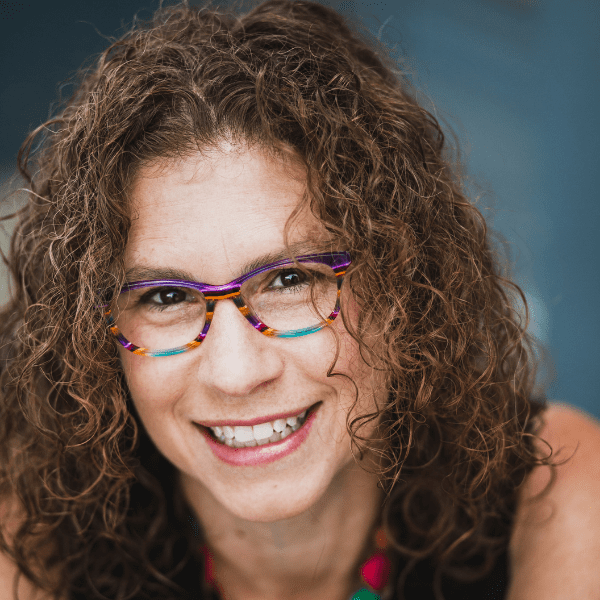It’s week two in my first experience teaching online students for Mountain State University. The learning cycles we are reading about in class are being lived out in our virtual classroom.
Marilyn Taylor’s Model of the Learning Cycle outlines critical points in the inquiry sequence. She describes adults in a self-directed learning sequence, going through several phases starting with disorientation and moving through exploration and reorientation to equilibrium (Taylor, 1979, 1987).
My students (and their first-time teacher) experienced disorientation in varying degrees getting to know one another, figuring out class assignments, trouble shooting online learning technology, and understanding expectations. The disorientation phase is often full of anxiety, confusion, tension, and a crisis of self-confidence (Macheracher, 2004).
One student chose to leave the program.
Another, struggling with confidence and fears, met me in my virtual office to talk about her concerns.
Ann (not her real name) fought cancer and won. In fact, just this week she received her official in remission status from her doctor. She’s a seventeen year veteran of a large Texas police department. Ann successfully obtained her real estate license and survived the rigors of hostage negotiation training. She is articulate and intelligent. Her next goal is to complete her bachelor’s degree.
The transition out of the disorientation phase of the learning cycle “occurs when the learner is able to name the central issue, problem, or source of confusion by entering into interactions with others (2004, 66).”
Ann named her central issue. She is held back and hounded by one fear: writing.
As we talked, I used coaching questions to help her explore this issue.
- What experiences have you had with writing?
- What would you like to accomplish?
- What is the next step for you?
I am hoping that my conversation with Ann helped move her out of disorientation and to a place where she can move forward with her learning. I plan to give her as much encouragement and helpful feedback as I can.
Each assignment will bring her closer to that day I asked her to imagine… the one where she stands, degree in hand, and celebrates.
Join the conversation:
What can leaders do to help people successfully move out of the disorientation phase of the learning cycle?
What works for you in moving past that phase personally?
What have you experienced with others?
This was originally posted at Mountain State University LeaderTalk and is re-posted with permission.

I am the founder/CEO of the Weaving Influence team, the author of Reach: Creating the Biggest Possible Audience for Your Message, Book, or Cause, and the host of the Book Marketing Action Podcast. I’m a wife and mom of three kids, and I enjoy running, reading, writing, coffee, and dark chocolate.


Love that you asked questions with the goal of helping her find her own answers and her own truths! And you created a place of safety for her to explore her disorientation…no right or wrong in this space only exploration with the goal of getting clear so she could move forward…..questions and safety two critical ingredients for learning.
This is a very helpful post, Becky. You’ve outlined a situation and then offered some tools (the coaching questions) for dealing with it. What you suggest is adaptable to a wide range of other situations.
One thing that can help is to just be OK with the ambiguous phase of growth. This is a natural part of mindset discovery. The other part is relax … this disoriented phase is temporary (for this particular paradigm).
It’s really hard to communicate with your students in a virtual class, you don’t have the control of them. It’s just an adjustment period and your students should be cooperative.
-jed